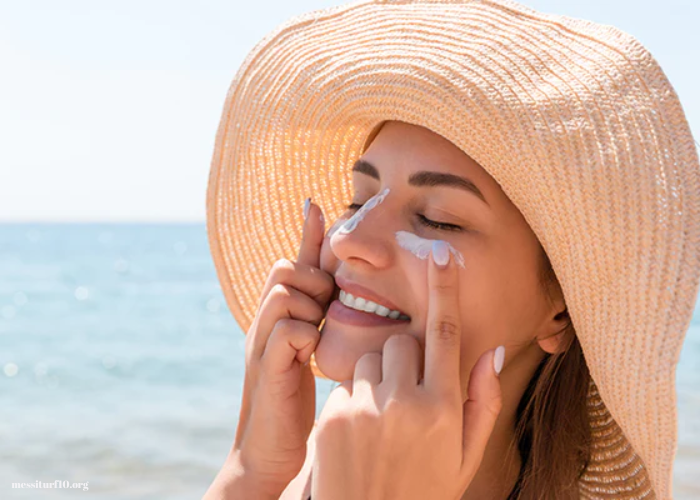Selecting the proper SPF protects your skin from harmful UV rays. But with so many options available, how do you choose the best one for your skin type? Whether you have dry, oily, or sensitive skin, there’s a specific SPF product out there that suits your needs. Here’s a guide to help you find the perfect match.
Consider Your Skin Type
When choosing a facial SPF, your skin type is the first thing to consider. Different types react differently to various sunscreen ingredients, so picking one that complements your type is essential. Opt for oil-free or mattifying sunscreens. For dry skin, choose a sunscreen with moisturising properties. For sensitive skin, choose a mineral-based sunscreen containing zinc oxide or titanium dioxide.
Look for Broad-Spectrum Protection
When a sunscreen has broad-spectrum protection, it shields the skin from UVA and UVB radiation. While UVB rays produce sunburn, UVA rays cause premature ageing by penetrating deeper into the dermis. Broad-spectrum protection is what a decent SPF should provide to protect it from both kinds of damage.
Pay Attention to the Ingredients
The ingredients in your sunscreen can significantly affect how your skin reacts to the product. Some chemical sunscreens may contain ingredients like oxybenzone or avobenzone, which can cause irritation or allergic reactions in some individuals. Use a physical or mineral sunscreen with zinc oxide or titanium dioxide if your skin is sensitive or reactive.
Think About Your Daily Routine
Consider when and how you will be using your facial SPF. A lightweight, non-greasy formula that layers well under foundation is ideal for wearing makeup. Water-resistant sunscreens are essential for an active lifestyle or extended time outdoors. These formulas stay effective even when you sweat or swim, ensuring continuous daily protection.
Consider Environmental Impact
With growing environmental concerns, it’s worth considering the impact your sunscreen has on marine life. Certain ingredients in chemical sunscreens can lead to coral reef bleaching. If this concerns you, opt for reef-safe sunscreens that avoid harmful chemicals like oxybenzone and octinoxate.
Don’t Forget About Your Skin Tone
Your tone can be important in determining the type of SPF that is best for you. Some sunscreens leave a white cast, which can be particularly noticeable in darker tones. To avoid this, look for sunscreens specifically formulated for all tones or a tinted sunscreen that blends seamlessly with your complexion.
Choose the Right SPF Level for Your Needs
When selecting a facial sunscreen, choosing the right SPF level is essential based on your daily activities and sun exposure. If you spend most of your time indoors with minimal sun exposure, a level of 15 to 30 may be sufficient. However, if you are outdoors frequently or have a fair tone that burns quickly, an SPF of 50 or higher is recommended.
Test Before You Commit
Before fully committing to a new SPF, doing a patch test is always a good idea. Apply a small amount to a discrete area of your face or neck and wait 24 hours to see if any irritation or breakouts occur. This step can prevent discomfort and ensure you find a product that suits your dermis.
Check the Expiry Date
When selecting a facial sunscreen, always check the expiry date. Sunscreen ingredients can degrade over time, reducing their effectiveness in protecting your skin. Expired sunscreen may leave it unprotected against UV damage, so always ensure your SPF is still within its shelf life.
Choosing the right facial SPF doesn’t have to be overwhelming. Daily SPF use is one of the most effective methods to protect your dermis from damage and maintain a healthy complexion. Take your time, test out a few options, and find the SPF that makes your skin feel protected and cared for.





